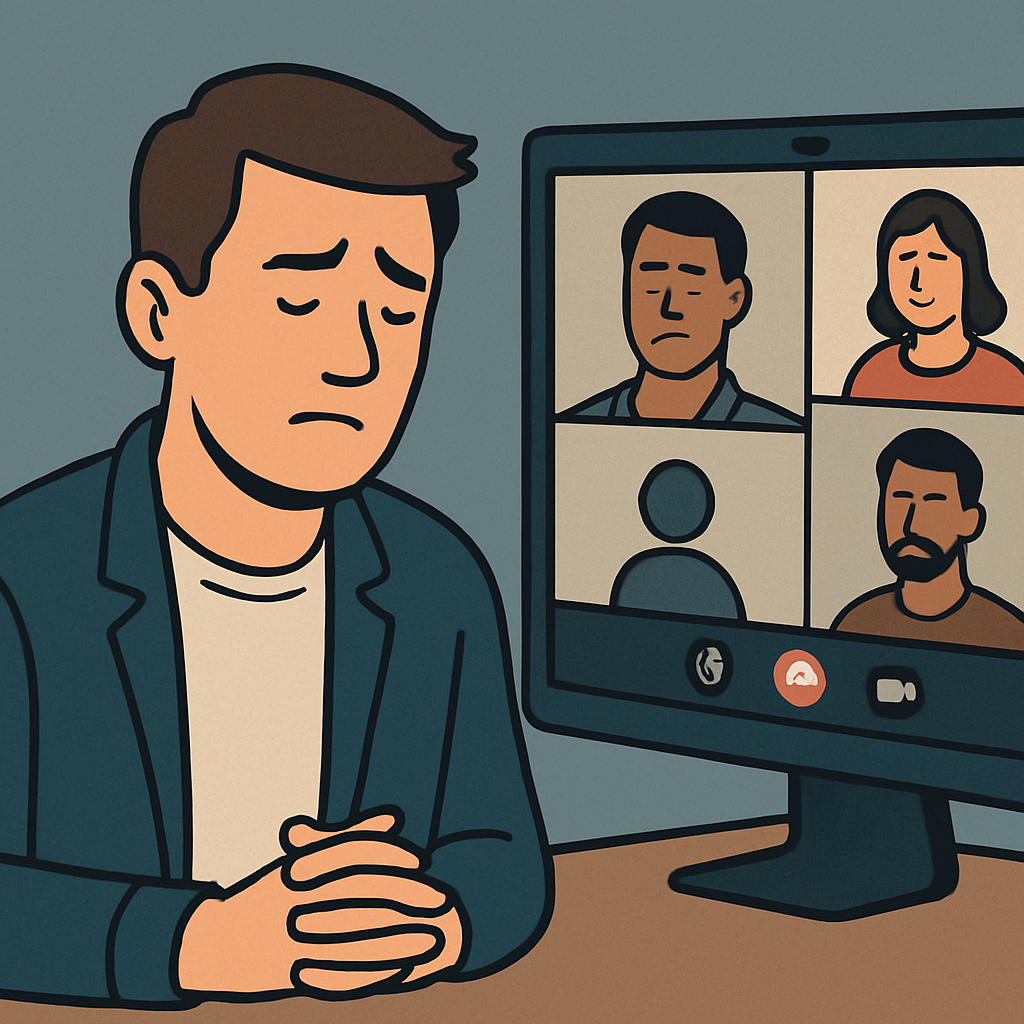What Our Standups Say About Our Team Culture

There’s a special kind of quiet chaos that lives in a remote standup.
Someone’s camera is off. Someone else is on mute but doesn’t know it. I’m half-smiling at my own tiny video square, trying to look engaged while my brain runs an internal diagnostic:
What did I even do yesterday? Wait—what project is this standup for again?
There’s that familiar flicker of anxiety — the one that whispers, “You didn’t do enough.” Yesterday was a blur of meetings, context-switching, and waiting for someone else’s PR to unblock me. My to-do list looks suspiciously like it did yesterday, and now my brain is sprinting through possible ways to reframe “basically nothing” into something that sounds productive but not too defensive.
And just as I’ve finally rehearsed my line, someone launches into a 10-minute monologue about finance updates, followed by a tangent on budget. I feel my energy drain as I realise we’re fifteen minutes in, and no one has any idea what anyone’s actually building.
That’s when exhaustion joins the party.
It’s not the work that drains me — it’s how easily standups can lose their shape. They start as quick, purposeful check-ins meant to align the team and uncover blockers, but slowly morph into a stage for performance or, worse, subtle shaming. Suddenly, what should be a five-minute sync turns into a meeting where developers defend their existence instead of sharing their progress.
The irony? Most of us are just trying to do our best — but the ritual that’s meant to support us often amplifies our insecurities instead.
I’ve zoned out more times than I’d like to admit in standups. Not because I don’t care, but because my brain can’t find an entry point in the noise. I catch myself smiling and nodding — the universal sign for “please don’t ask me a follow-up question.”
But when a standup works, you can feel it.
It’s quick. Focused. Human. Everyone leaves knowing who’s working on what, where the blockers are, and how they can help. No theatrics. No guilt. Just communication that builds trust instead of fear.
I’ve seen both versions — the standup that drains you before 9:30am, and the one that quietly fuels collaboration for the rest of the day. And the difference, almost always, comes down to how we run them.
When we remember the why behind the ritual — to connect, not to perform — the tone shifts completely.
Leadership Reflection
I’ve come to realise that a standup says a lot about the health of a team. When people feel anxious or hesitant to speak, it’s rarely about the update itself — it’s about how safe they feel to be honest.
A good standup doesn’t need perfect words or polished updates. It just needs space — for honesty, for listening, for the small human moments that remind us we’re all doing our best.
So if you ever find yourself smiling and nodding your way through one, you’re not alone.
And maybe that’s the real work — learning to bring empathy into even the smallest, most routine parts of our day, until the “daily standup” starts to feel a little more like a daily check-in with each other.

